Complete Guide to Caring for Palm Trees
The Palm
The slow-growing palm tree thrives in a variety of light conditions and tight spaces. Its dark green fronds create a lush, bushy plant perfect for tables, desks, and shelves.
The palm tree will do best in bright, filtered light, but will also adapt easily to low light.
Native to Mexico and Central America, the Parlor Palm requires very little maintenance and is an excellent air purifier. This highly adaptable houseplant is perfect for offices and businesses with less-than-ideal growing conditions.
_________________________________________________
How to care for your palm tree
Use these instructions to care for a palm tree. This guide will tell you how to water a palm tree; its light, temperature, and humidity preferences, and any additional care it may need to help it grow.
They're considered low-light, but that doesn't mean "no light." They prefer bright, filtered light but will adjust to dimly lit areas.
They are sensitive to excess water and cannot tolerate being flooded. While humidity is ideal, it's preferable to err on the side of slightly dry rather than overly wet. Water even less during the winter when the plant isn't actively growing. Brown leaf tips often indicate too much water, while yellow foliage indicates the plant needs a little more.
It will thrive incredibly well in average humidity.
Protect your palm from cold drafts from windows, air conditioning vents, or doors. This plant can tolerate temperatures as low as 10°C, but prefers room temperatures between 18-27°C.
Fertilize only once in spring with a water-soluble fertilizer.
Non-toxic to humans and pets.
Your palm tree will benefit from regular spraying a few times a week to boost growth and prevent insect infestations.

_________________________________________________
Common problems for your palm tree

Palm trees appreciate plenty of sunlight and humidity. When placed in the very low light and dry air found in most homes, they may have trouble acclimating. Yellowing of leaves and fronds is very common for palm trees.
There are many causes of yellowing leaves – here are the most common:
Inadequate light
A palm tree does much better when it receives intermittent sun. When exposed to direct sunlight for too long, it will burn. It can adapt to somewhat lower light areas, but the plant's growth will slow. If the area is too dark, growth will stop, and the leaves will begin to yellow and shed because there isn't enough light to photosynthesize. Instead of stopping producing new leaf tips, the plant devotes all its energy and resources to the newest and youngest fronds, leaving the lowest and oldest leaves to yellow. Find a medium- to well-lit area in your home for your palm tree. This will provide adequate light levels for long-term survival.
Humidity
Providing adequate and consistent soil moisture is important in palm tree care. Keeping the soil consistently moist is also a delicate balance.
Here are more things to consider:
Your light level
In full sun exposure, the soil must remain evenly moist to keep the leaves green. In the low, dry air of a home or office, this is always at a disadvantage.
Its humidity level
Low humidity and dry soil cause the frond leaflets to brown at the edges, followed later by complete yellowing. Spraying the leaves or fronds frequently can increase humidity.
Its watering consistency
Alternating between dry and wet soil from poorly timed waterings can create stress and cause the palm tree to develop yellow fronds and eventually die. The soil must remain moist.
Pests
Weakened or stressed palms become more susceptible to insect infestations. Sap-sucking insects such as spider mites can drain the palm of moisture. This problem quickly manifests itself as yellowing of leaflets and fronds. Scale, chinch bugs, and spider mites are common in indoor conditions. If not killed early, these tiny pests proliferate and move along the frond sections in recesses. The insects' piercing mouthparts drain the palm and accelerate yellowing, especially if the palm is already unhealthy due to poor lighting, a nutrient deficiency, or inadequate soil moisture.

Houseplants aren't immune to disease or problems, so browning the leaves right away helps ensure your palm returns to health. If you've noticed brown tips on your leaves, here are some reasons why this could be happening, and some steps to fix it.
Water frequency
Both too much and too little water will damage palm trees and lead to yellowing, browning, and potentially death. Palms thrive in evenly moist soil that is neither dry nor soggy.
Let the soil surface dry before watering, and use the finger test to see if additional water is needed. Place your finger 2-3 inches into the soil. If the soil feels dry, water accordingly.
It's recommended to give your palm tree a good soaking every 2-3 weeks in a tub or container. Wet the soil thoroughly, allowing water to flow freely out of the bottom of the pot. Always remember to empty excess water into the drip tray so the palm tree isn't sitting in water; this can lead to root rot.
Water quality
Indoor palm trees can be extremely sensitive to chemicals in tap water and should be watered with filtered water or after the water has sat uncovered for 24 hours. Keeping a pitcher full of uncovered water will allow the chlorine and fluoride to evaporate.
Over fertilization
Fertilizer replenishes nutrients in potted soil, but too much fertilizer causes leaf tips to brown and can lead to decreased plant health. Fertilize palms only when they are actively growing in the spring and summer months. Dormant palms do not need additional fertilizer. Remember: more fertilizer is not necessarily better.
Cold injury
Palms require warm temperatures to thrive. While houseplants are generally kept warm, cold damage can still occur. Place plants in areas away from drafts from windows and doors, where cold air can cause leaf tips to brown. Avoid placing plants right next to windows in winter, as leaves touching the glass can freeze and brown. In summer, avoid placing them directly in the path of an air conditioning vent.
Natural gold
Palm trees replace their fronds throughout the growing season. As a palm frond reaches the end of its natural lifespan, it turns brown, starting at the tip and continuing until the frond completely browns and falls off. If only one or two fronds are browning and new foliage continues to grow, the brown tips are natural and not a cause for concern.
Here's how to properly trim your plant of any brown tips:
- Gather your supplies. You'll need a sharp pair of scissors or pruning shears, some rubbing alcohol, and a paper towel. (The alcohol wipes that come in a first aid kit work great!)
- Clean the blades of sharp scissors or pruning shears with rubbing alcohol before starting and between each turnip. If you've just removed crispy, brown leaves due to aging, lack of moisture, or sunburn spots, moistening the blades with water before cutting will help prevent healthy tissue damage.
- Cut off completely brown or yellow leaves at the base—near the stem or on the ground. Be careful not to pull on the leaves, as this can damage healthy parts of the plant. If only part of the leaf is brown or yellow, remove only the affected area.
Important: Be careful not to remove more than 20% of the entire plant during pruning. You may need to prune in stages to avoid removing too many leaves at once.




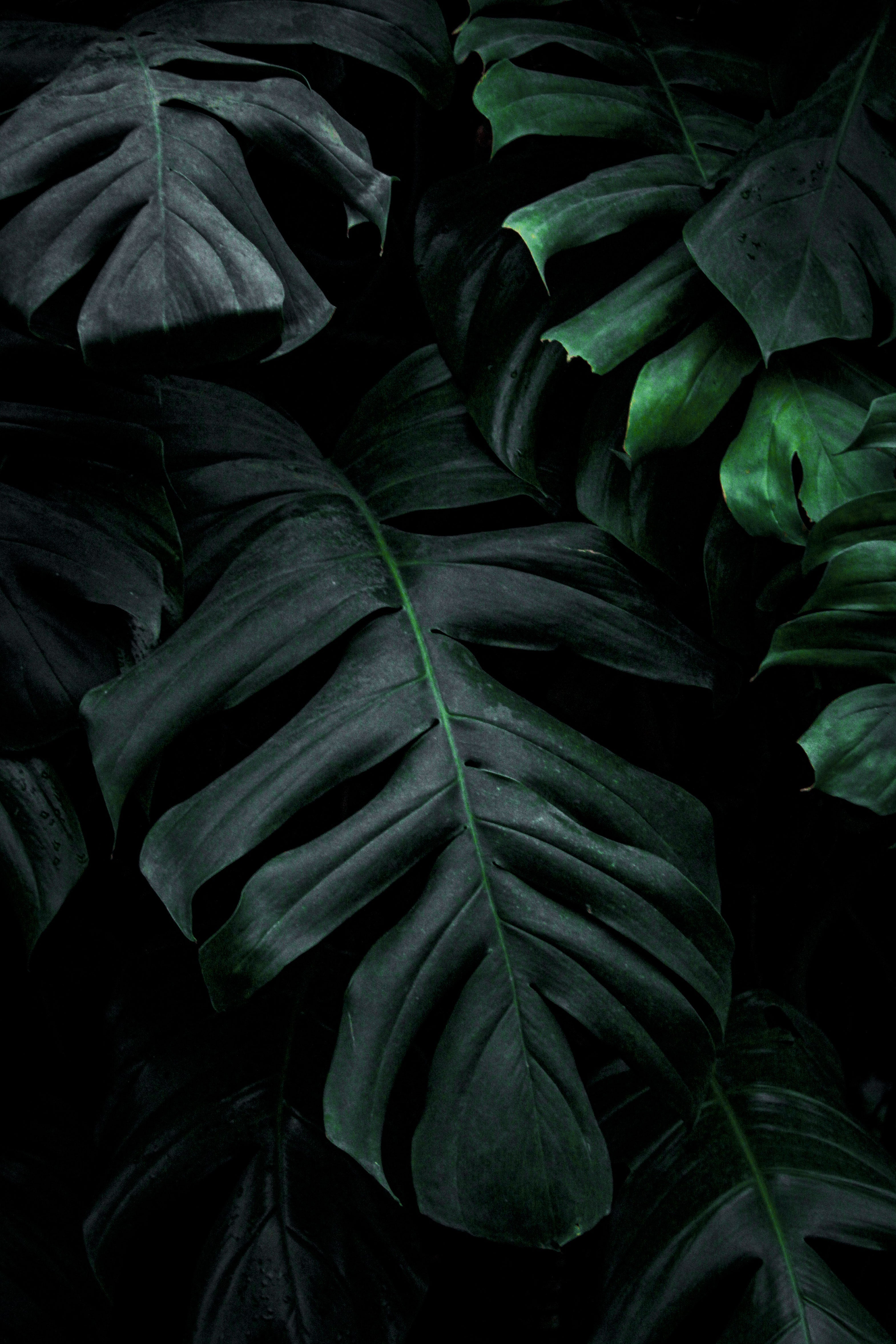
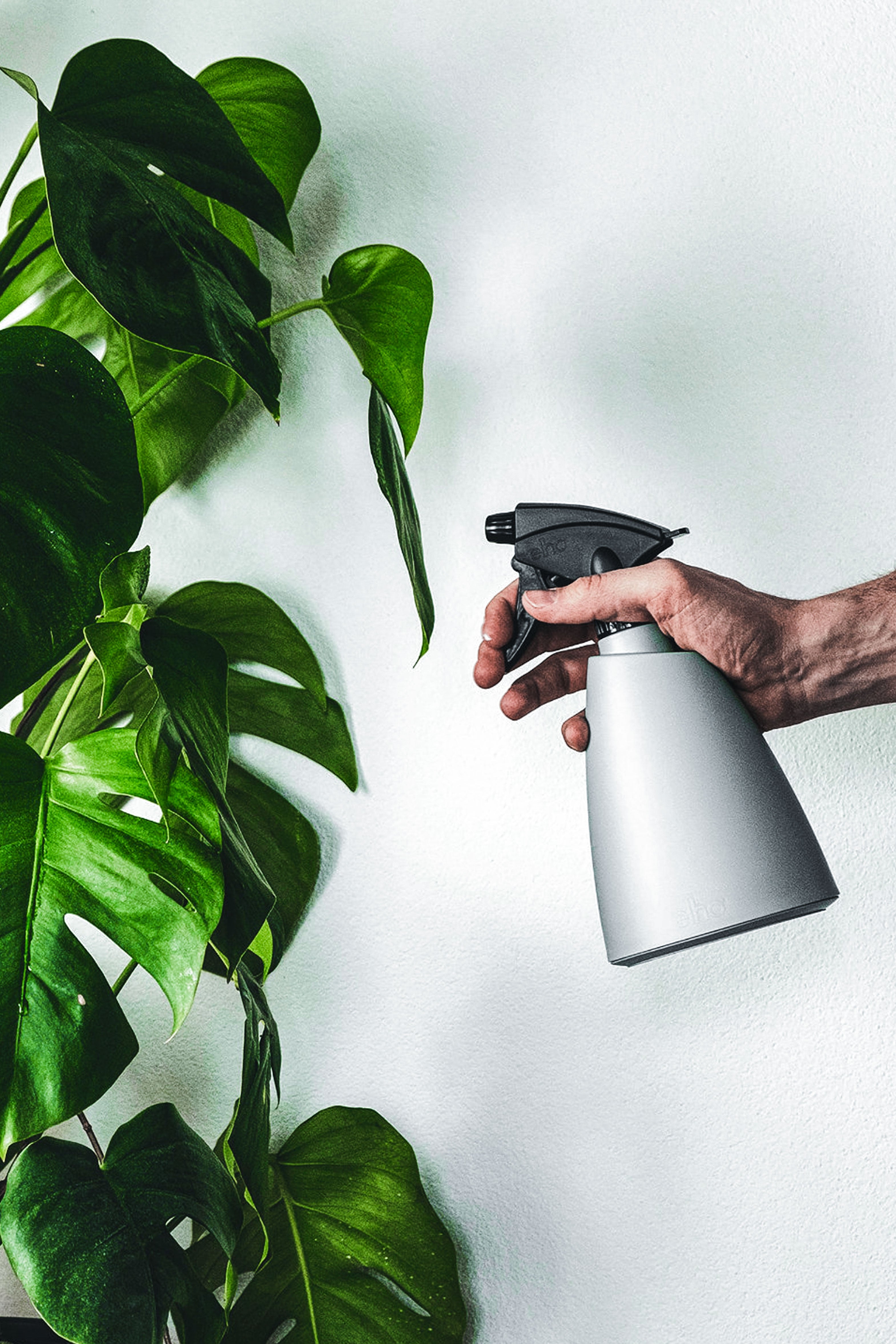
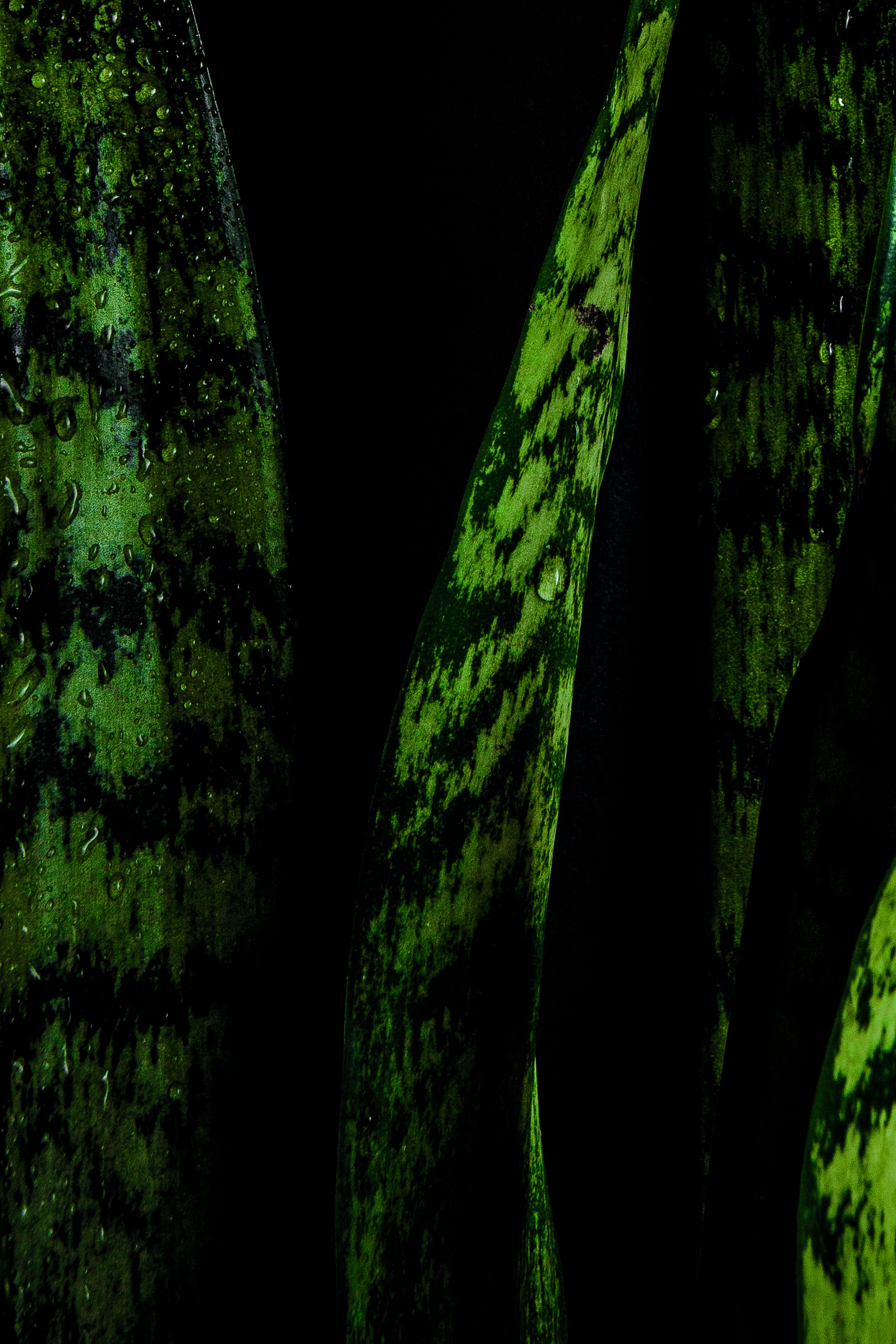
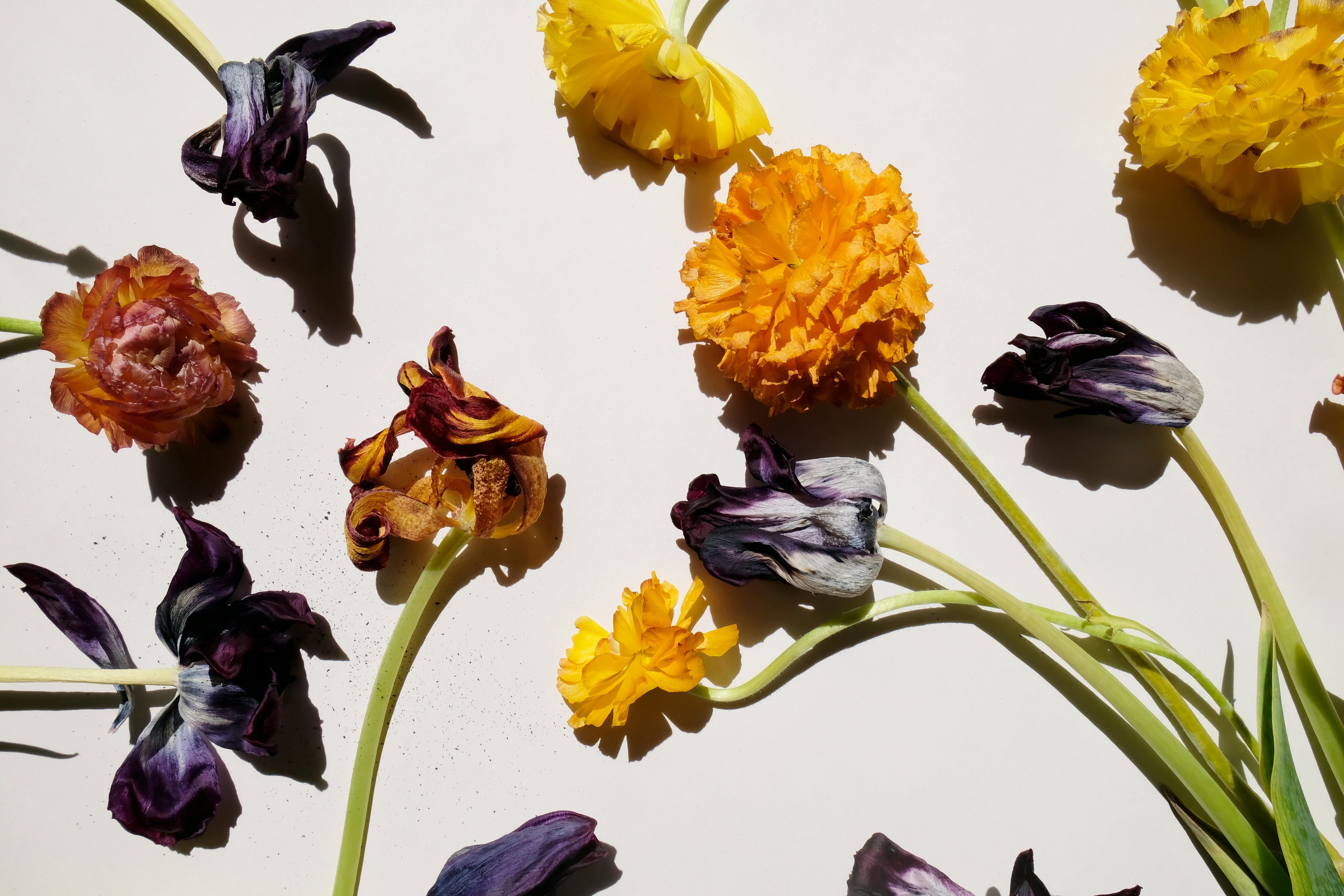
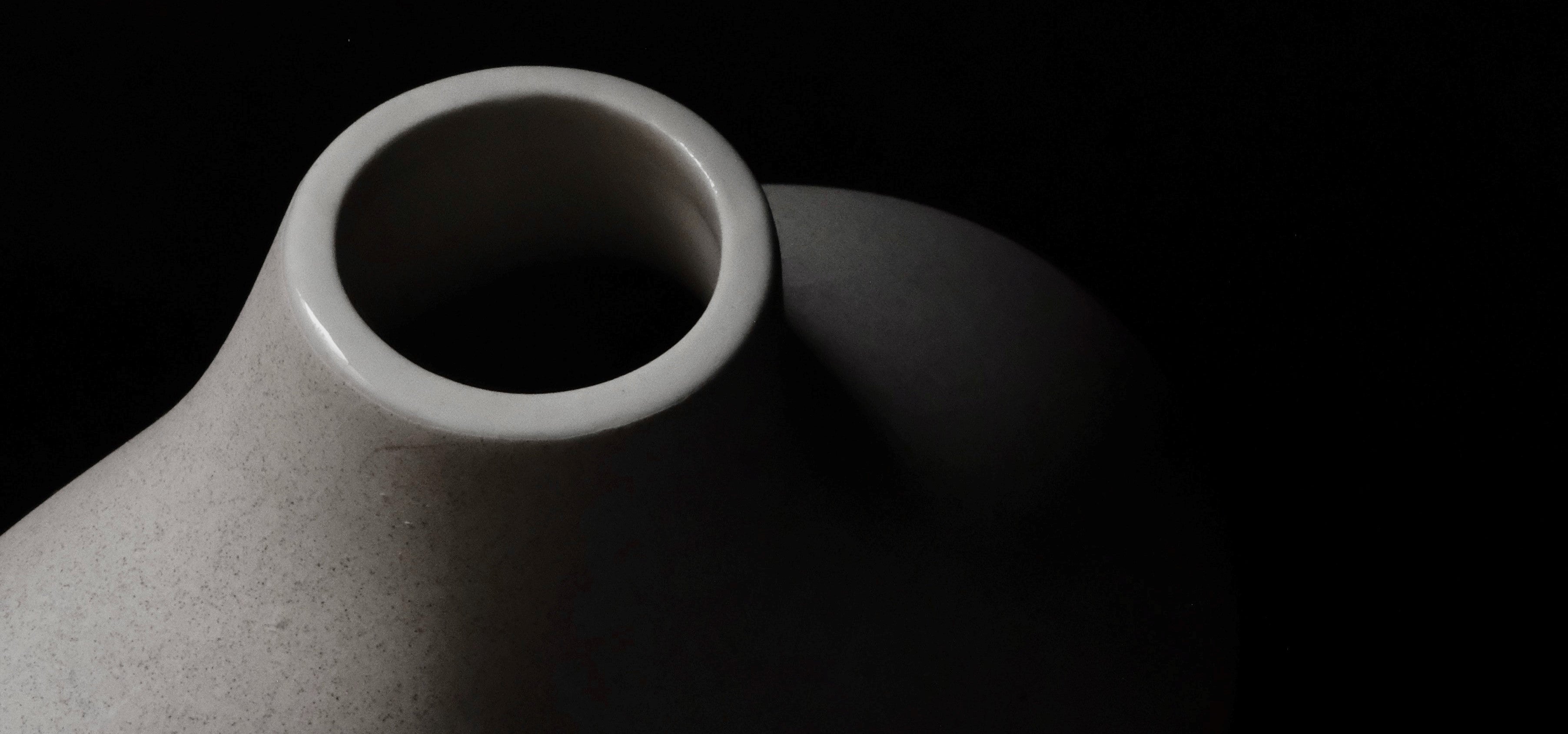
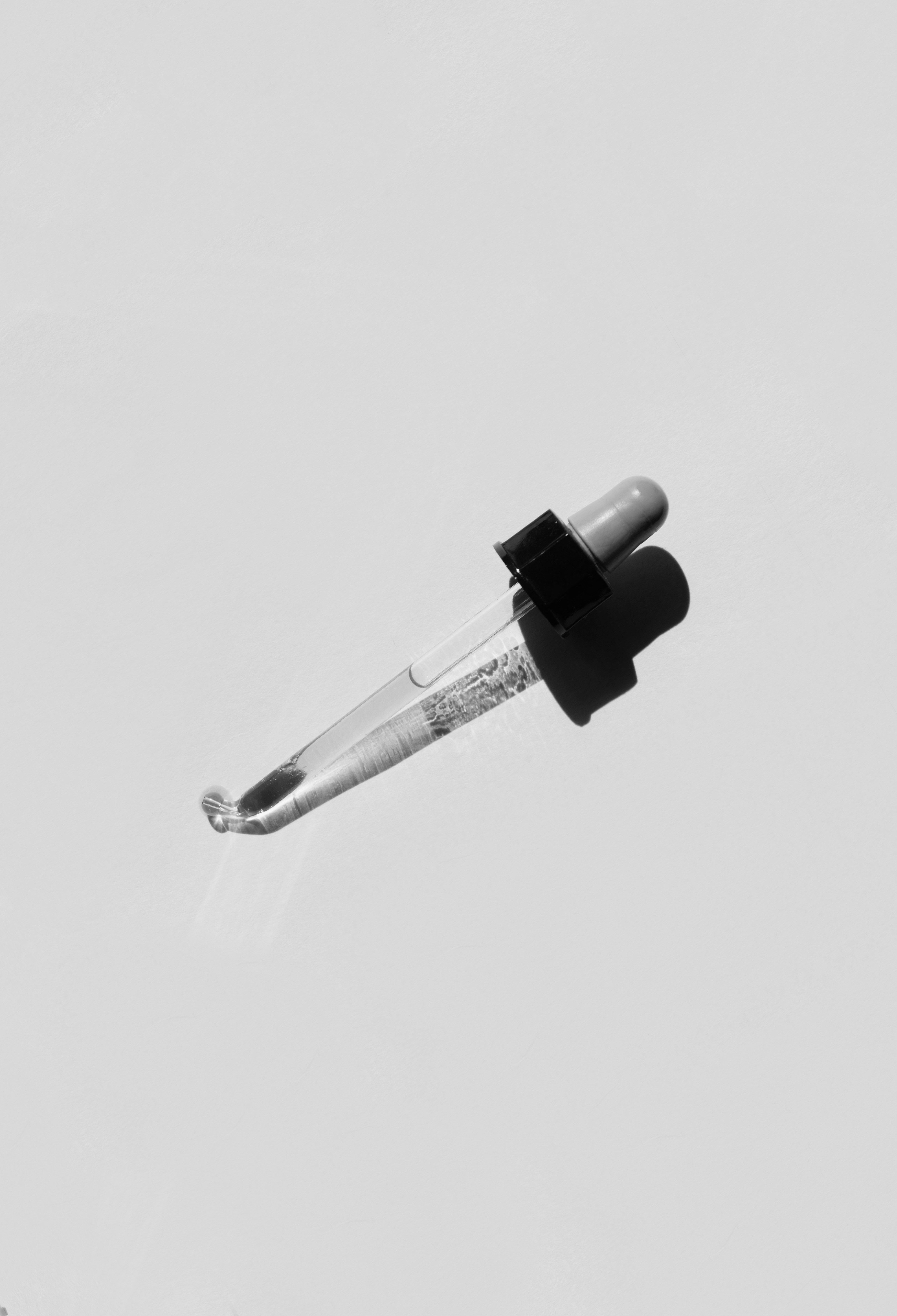
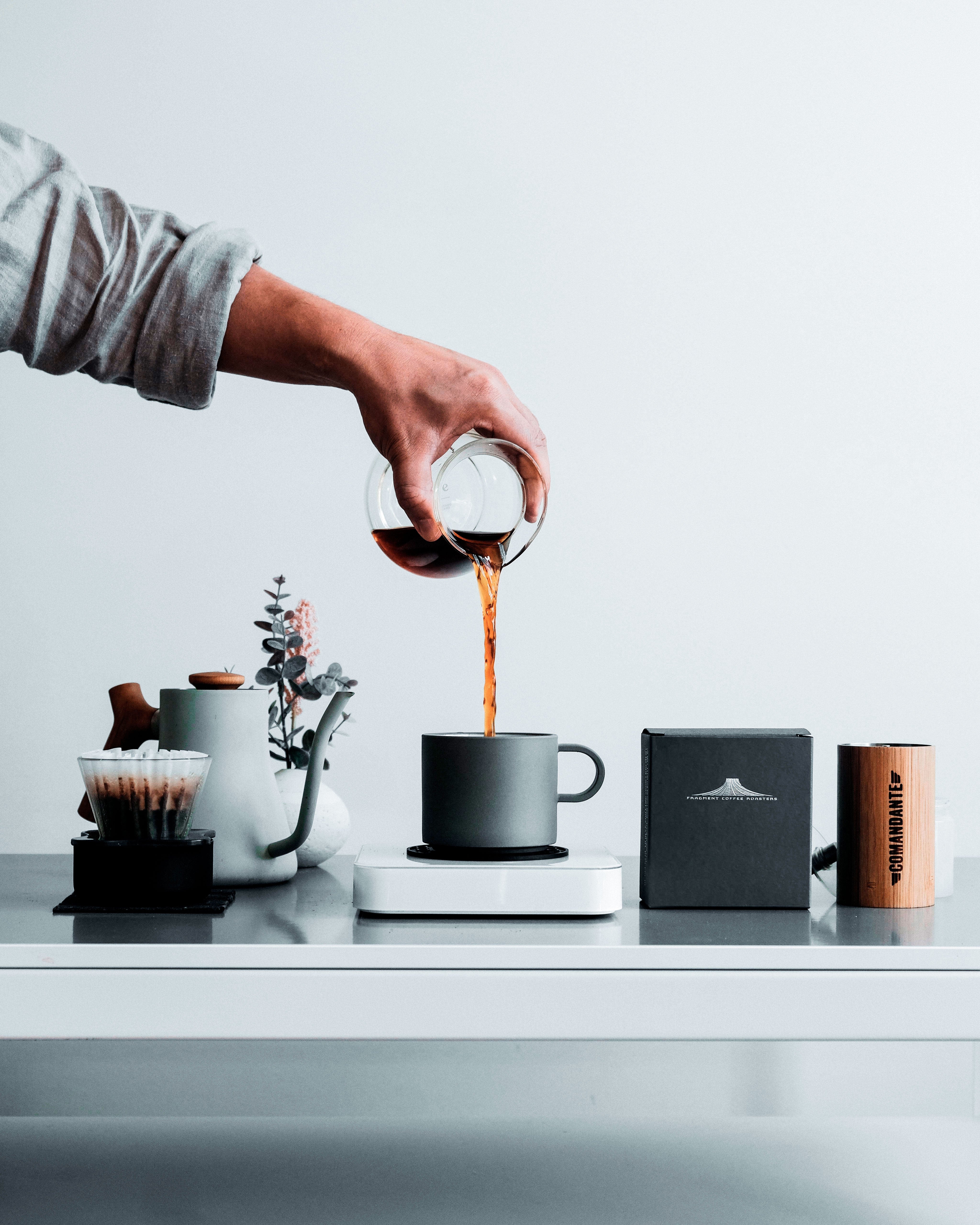
Leave a comment